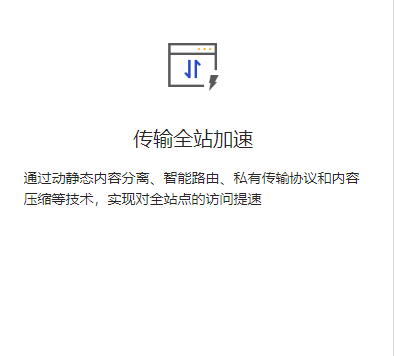In Perl, we can use the DBI module to insert data into a database. Here is a simple example:


To begin, we need to install the DBI module. Use the following command in the command line:
cpan install DBIHere is the code to connect to the database and insert data:
#!/usr/bin/perl
use strict;
use warnings;
use DBI;
# Database Information
my $driver = "mysql";
my $database = "test";
my $dsn = "DBI:$driver:database=$database";
my $userid = "username";
my $password = "password";
# Connect to the database
my $dbh = DBI->connect($dsn, $userid, $password) or die $DBI::errstr;
# Prepare SQL statement
my $sth = $dbh->prepare("INSERT INTO table_name (column1, column2) VALUES (?, ?)");
# Bind parameters
$sth->bind_param(1, 'value1');
$sth->bind_param(2, 'value2');
# Execute SQL statement
$sth->execute() or die $DBI::errstr;
print "Records created successfully";
# Commit the transaction
$dbh->commit;
# Disconnect from the database
$dbh->disconnect;
In this example, we define the database information including the driver, database name, DSN, username, and password. We use the connect method of the DBI module to connect to the database. We prepare a SQL INSERT statement and use the prepare method to prepare the statement. We use the bind_param method to bind values to the placeholders in the SQL statement. We execute the SQL statement using the execute method and commit the transaction using the commit method. Finally, we disconnect from the database using the disconnect method.
Below is a simplified overview of how to insert data into a database using SQL statements in Perl, assuming you already have a database connection and a database handle named $dbh.
| Step | Perl Code Example | Description |
|---|---|---|
| 1. Connect to the database | use DBI;$dbh = DBI->connect("dbi:mysql:dbname=$dbname;host=$host", $user, $password) |
Connect to a MySQL database using the DBI module |
| 2. Prepare SQL INSERT statement | $stmt = "INSERT INTO table_name (column1, column2, column3) VALUES (?, ?, ?)"; |
Use placeholders (?) to prevent SQL injection |
| 3. Create a statement handle | $sth = $dbh->prepare($stmt); |
Create a prepared statement handle for the SQL statement |
| 4. Bind parameters | $sth->bind_param(1, $value1);$sth->bind_param(2, $value2);$sth->bind_param(3, $value3); |
Bind actual values to placeholders in the SQL statement |
| 5. Execute the insert operation | $sth->execute(); |
Execute the SQL statement to perform the data insertion |
| 6. Check the number of affected rows | $rows = $sth->rows; |
Check the number of affected rows to confirm the insertion was successful |
| 7. Cleanup | $sth->finish;$dbh->disconnect; |
Clean up resources and disconnect from the database |
Here is an example code that demonstrates the entire process of inserting data into a database using Perl:
use strict;
use warnings;
use DBI;
# Database Connection Variables
my ($host, $dbname, $user, $password) = ('localhost', 'my_database', 'username', 'password');
# Connect to the database
my $dbh = DBI->connect("dbi:mysql:dbname=$dbname;host=$host", $user, $password) or die $DBI::errstr;
# Prepare SQL INSERT statement
my $stmt = "INSERT INTO table_name (column1, column2, column3) VALUES (?, ?, ?)";
# Create a statement handle
my $sth = $dbh->prepare($stmt) or die $dbh->errstr;
# Data to insert
my ($value1, $value2, $value3) = ('data1', 'data2', 'data3');
# Bind parameters
$sth->bind_param(1, $value1);
$sth->bind_param(2, $value2);
$sth->bind_param(3, $value3);
# Execute insert operation
$sth->execute() or die $sth->errstr;
# Check the number of affected rows
my $rows = $sth->rows;
print "Inserted $rows rows";
# Clean up
$sth->finish;
$dbh->disconnect;
Please replace the connection string, table name, column names, and values in the above code according to your actual database type (such as MySQL, PostgreSQL) and requirements.
Thank you for reading! Feel free to leave a comment, ask any questions, or show your support by liking and sharing.
关注、点赞和感谢观看!




评论留言